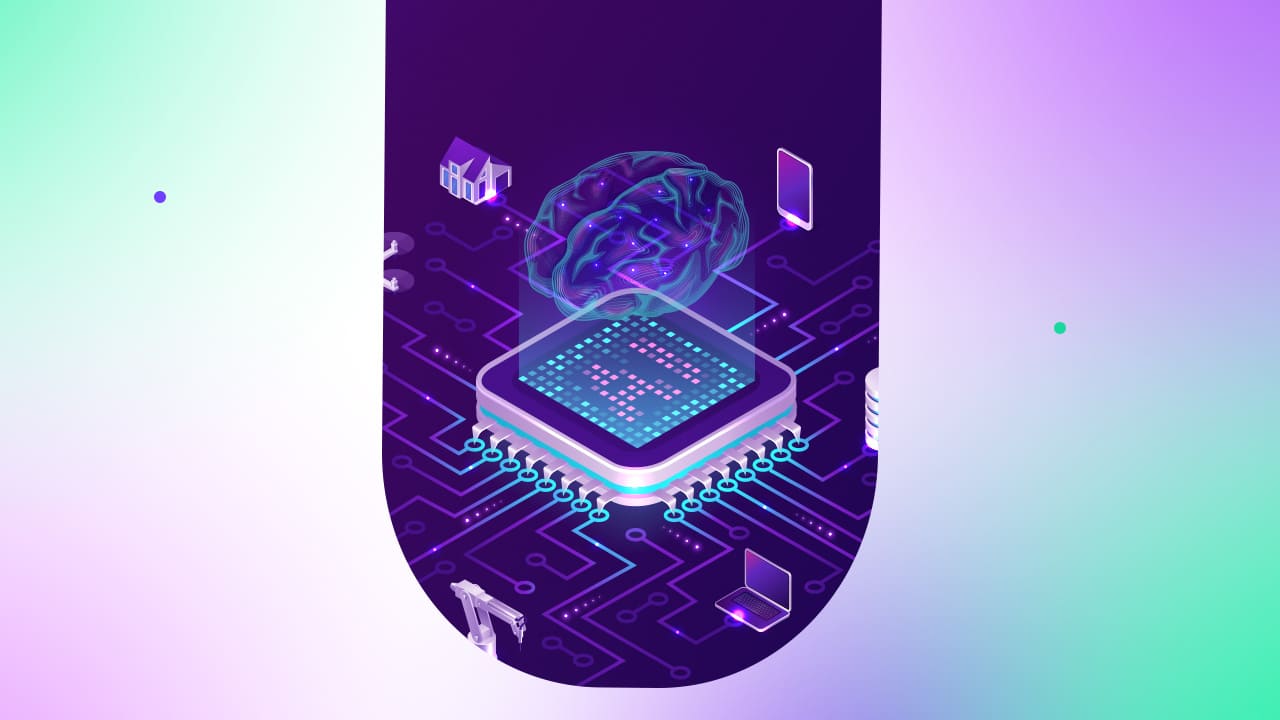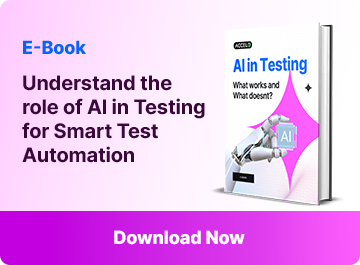Agentic AI vs Generative AI: Understanding the Future of AI

As AI continues to progress at an unprecedented pace, understanding the differences between emergent AI paradigms becomes imperative. The most popular discussion in today’s AI arena is Agentic AI vs Generative AI. The two fundamentally distinct yet complementary methods for how smart systems operate and communicate with the world.
This blog aims to provide an informative exploration of Agentic AI versus Generative AI, assisting readers, from AI engineers and researchers to decision-makers and product managers, in understanding the key principles and strategic implications of each.
Whether you are comparing models for product integration, building advanced agent-intensive systems, or just seeking to explain these concepts to a wider audience, this guide will equip you with the information needed to navigate this growing space with confidence.
What is Generative AI vs Agentic AI ?
Two fundamental paradigms, Generative AI and Agentic AI, have surfaced as AI research advances. They represent different perspectives on AI’s behavior, purpose, and interactions with its surroundings, although they are being discussed simultaneously. Decision-makers, product teams, and academics are investigating innovative systems with different goals.
SUGGESTED READ - Why Everyone’s Talking About AI in QA?
Generative AI
It refers to models designed to generate fresh content, audio, images, text, or code based on training data. ChatGPT, GitHub Copilot, DALL·E, and others are examples of generative systems. Such models operate reactively: they react to inputs with statistically plausible outcomes, without long-lasting goals or environmental awareness.
Generative AI in Software Testing – Explore how AI automates test creation, generative AI vs predictive AI, self-healing, and more to modernize QA workflows.
Agentic AI
It, by contrast, denotes systems that act as autonomous agents. Such agents do not just create content; they make decisions, set goals, perceive environments, and implement actions over time. Agentic automation in testing and an AI-assisted system can plan, adjust, and interact across several steps toward attaining a defined goal. It often integrates memory, reasoning, and a feedback loop that enables it to self-tune and iterate.
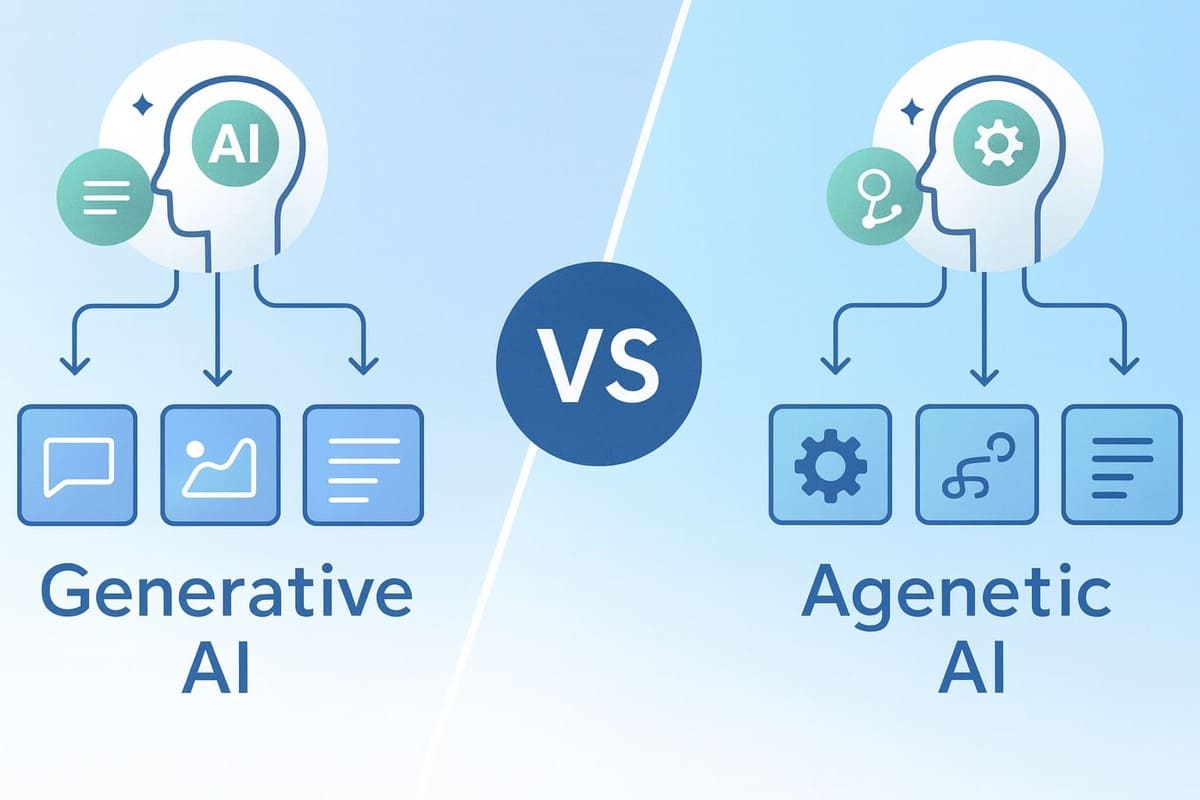
Key Differences Between Generative AI vs Agentic AI
Understanding the agentic vs generative AI differences is critical for selecting the perfect paradigm for your AI-centric apps. Let us take a glance at a side-by-side comparison of their essential attributes:
| Aspect | Generative AI | Agentic AI |
|---|---|---|
| Drive | Create content (images, text, code, etc.). | Attain goals through action and planning. |
| Interface Pattern | Single-turn (input → output). | Multiple-step (ongoing interaction and decision-making). |
| Autonomy | Reactive. | Autonomous and proactive. |
| Goal Orientation | No inherent objectives. | Operates with defined goals or objectives. |
| Memory Usage | Naturally stateless or short-term. | Often uses persistent memory for learning and context. |
| Planning Capabilities | External or minimal to the model. | Built-in planning and intellectual capabilities. |
| Sample Use Cases | Writing, image creation, and summarization. | Automated research agents, simulations, and system automation. |
| Popular Tools | Generative AI testing tools like ACCELQ Autopilot, Bard, DALL-E, ChatGPT, and Midjourney. | AutoGPT, ReAct agents, BabyAGI, and custom LangChain stacks. |
The Role of Intelligent Agents in AI
At the heart of several advanced AI-based systems lies the notion of intelligent agents, autonomous entities that perceive their environment, make decisions, and act toward precise goals. This concept has been foundational to Artificial Intelligence as its early development & forms the basis for what we now mention as Agentic AI.
While generative AI concentrates on content creation in response to prompts, agent-centric AI, built on the principles of artificial intelligence and intelligent agents, operates through continuous communication with its environment. Such systems use response, memory, and multi-step planning to implement complex jobs, learn from results, and refine their activities over time.
Rooted in early AI-based architectures such as autonomous robotics and expert systems, intelligent agents have progressed into modern software frameworks used in decision-support systems, research assistants, and autonomous systems. Their rising relevance marks a noteworthy shift in AI from static outputs to action-oriented, dynamic systems that can think, adjust, and operate independently.
Misconceptions Around AI Agents
As intelligent systems rise, so does the misperception, particularly when linking AI agents vs Agentic AI. While both terms are connected, they aren’t interchangeable, and understanding the variance is key to navigating the growing AI world.
Many confuse modern Agentic AI with outdated AI agents, assuming they function similarly. Traditional AI agents, rooted in early AI research, were often rule-centric systems designed to run specific, predefined jobs within a narrow context. Such agents could sense and act, but they lacked memory, deep reasoning, or the capacity to operate autonomously over time.
In contrast, Agentic AI refers to an advanced evolution. Such systems are built on big language models or multi-modal AI frameworks, with competencies like
- Robust goal-setting
- Multi-step implementation
- Long-term memory
- Self-directed planning
- Environmental awareness and adaptation
The critical difference between the AI agents vs Agentic AI lies in intelligence and autonomy. AI agents normally operate on reactive logic, make simple decisions, whereas Agentic AI systems make complex decisions, think strategically, and adjust continuously, often across indefinite or growing tasks.
Real-World Examples and Use Cases
The following examples of Agentic AI vs Gen AI demonstrate how each is used in real-world situations, highlighting the distinctions between generating content and attaining autonomous purposes.
Agentic AI Example: AutoGPT
It is a prominent instance of Agentic AI. Unlike an outdated chatbot, AutoGPT can set objectives, strategize tasks, and take actions autonomously, like conducting research, creating reports, or booking solutions, by chaining several reasoning steps together. It makes use of API calls, real-time feedback, and memory to interact with its situation, functioning more like an autonomous agent or digital assistant than a content creator.
Generative AI Example: ChatGPT
However, ChatGPT demonstrates Generative AI. It outshines in producing superior-quality summaries, responses, and original content in response to operator prompts. But it does not act independently. It is not proactive and is designed for one-turn interactions without goal-setting or long-term memory.
🔁 Transform Your QA Strategy
Unify Testing Across Web, Mobile, API & Desktop
Explore Now
Conclusion
Understanding the dissimilarities between Agentic AI vs Generative AI becomes increasingly vital for decision-makers, product leaders, and researchers alike. Though Generative AI tools like ACCELQ Autopilot excel at creating high-quality content with each prompt, Agentic AI, on the other hand, produces a new dimension, memory, autonomy, and goal-driven behavior that replicate decision-making over time.
This agentic AI vs gen AI comparison emphasizes two prime capabilities: one designed to produce, the other to act. Each serves exceptional purposes, and in myriad cases, they can balance one another. Agentic AI using that output as part of a bigger task flow, and Generative AI offering a language or visual outcome.
Balbodh Jha
Associate Director Product Engineering
Balbodh is a passionate enthusiast of Test Automation, constantly seeking opportunities to tackle real-world challenges in this field. He possesses an insatiable curiosity for engaging in discussions on testing-related topics and crafting solutions to address them. He has a wealth of experience in establishing Test Centers of Excellence (TCoE) for a diverse range of clients he has collaborated with.
You Might Also Like:
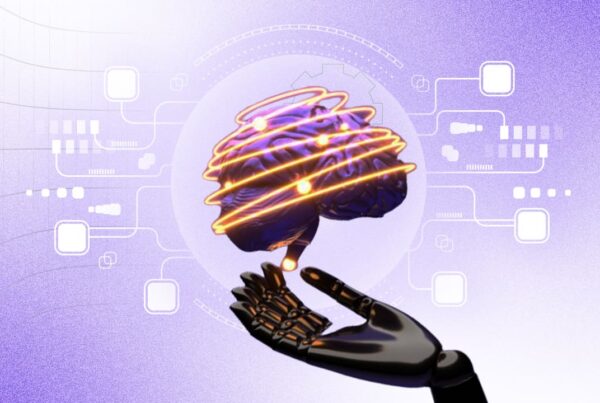 How AI Is Reinventing Application Security Testing for QA?
How AI Is Reinventing Application Security Testing for QA?
How AI Is Reinventing Application Security Testing for QA?
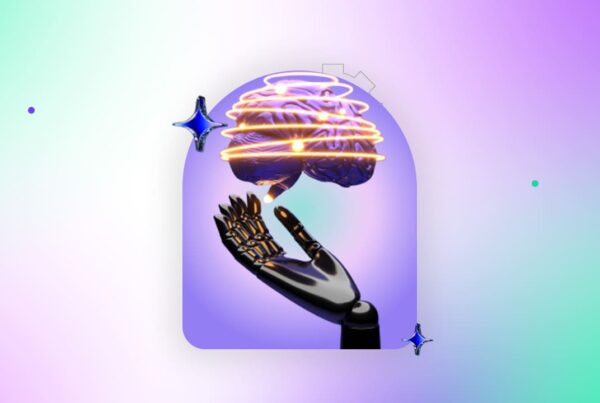 Smarter, Faster Testing with Generative AI-Powered Autopilot
Smarter, Faster Testing with Generative AI-Powered Autopilot
Smarter, Faster Testing with Generative AI-Powered Autopilot
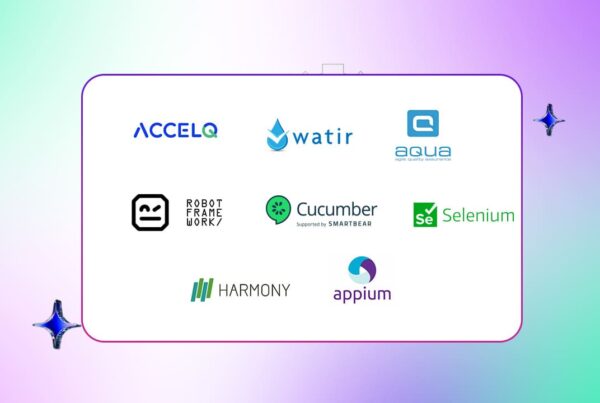 Top AI Testing Frameworks QA Engineers Must Know in 2026
Top AI Testing Frameworks QA Engineers Must Know in 2026






























